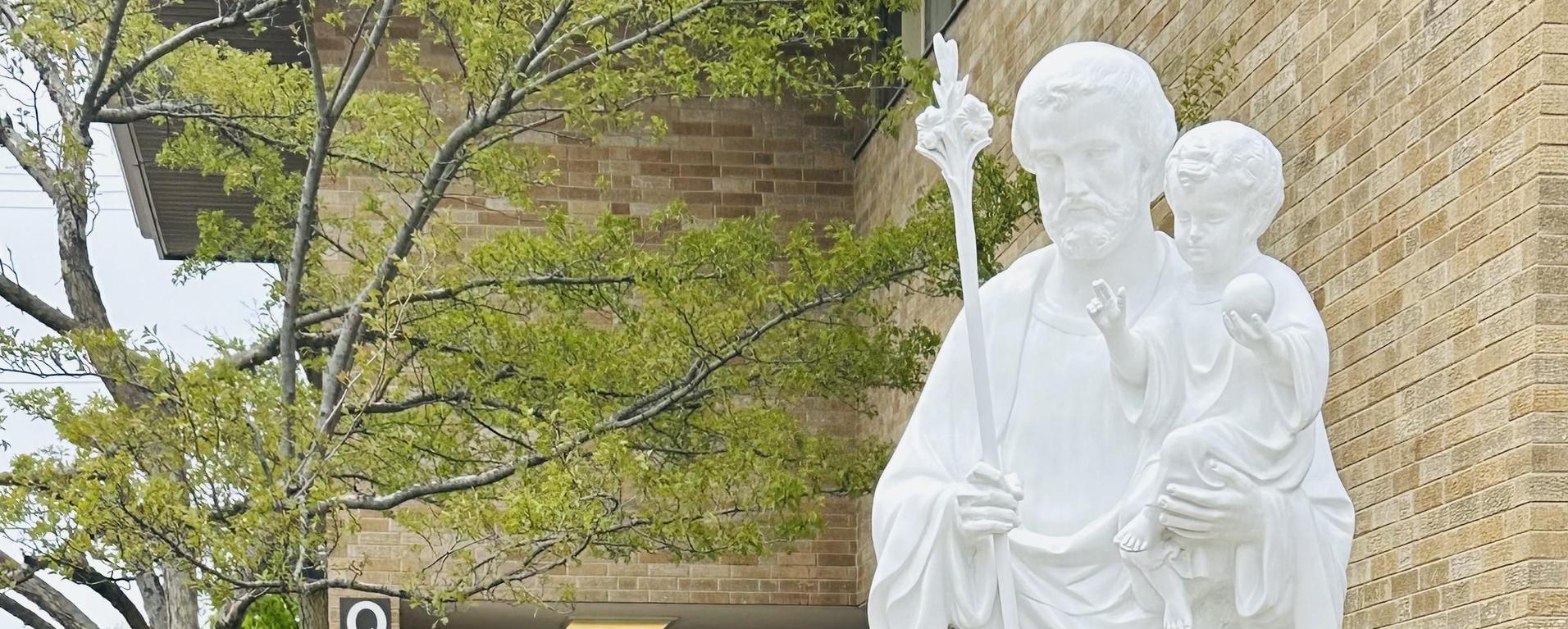Welcome to Third Grade with Mrs. Fisher!
Posts
Homework
Homework
Spelling Unit 3 Week 4
- ballon
- choose
- feud
- newest
- recruit
- rescue
- spooky
- statue
- suitable
- threw
Bonus Words: soothe, renewable, nuisance
Vocabulary Words:
ceremonies- formal religious or public events
tradition- customs or beliefs passed down among a group of people
medicine- a substance used for treating an illness
lamenting- expressing feelings of sadness
offering- giving or presenting
Homework
Week at a Glance
Reading, Spelling and Writing: Unit 3 Week 4 - Mama Miti: Wangari Maathai and the Trees of Kenya (Historical Fiction)
Objectives:
- Learn more about historical fiction and analyze plot and setting in historical fiction.
- Develop knowledge about language to make connections between reading fiction and writing historical fiction.
- Use elements of narrative text to write a historical fiction story.
Math: Finish Chapter 6, Start Chapter 7
Objectives:
- Divide by 10
- Review for test
- Test Wednesday
- Multiply by 3 (Chapter 7)
Religion: Unit 2 Session 10 - Celebrating Advent
Objectives:
- Discuss how through prophets like Isiah, God has called us to prepare the way for Jesus.
- Explain that Advent is a time to prepare our hearts and homes to celebrate the birth of Jesus.
- Define Advent
Social Studies: Lesson 6 - Diversity in the United States
Objectives:
- Identify specific examples of cultural diversity
- Identify cultural contributions of diverse groups to our communities.
Reminders:
- Spelling menus will be due every Friday (Choose 3 activities-time given in class to do. Students will finish at home if necessary.)
- Students are expected to have done 40-45 minutes in each Reading and Math for I-Ready practice lessons every week! They are given plenty of time in class throughout the week, but can finish at home if the goal is not met.
- Please send your child with a water bottle every day.
- Please make sure your child’s chrome book is charged every night.
- Please send your child with winter gear for outside!
Homework
Homework
Spelling Unit 3, Week 3
Spelling Unit 3, Week 3
- readiness
- cloudy
- stormy
- peaceful
- eagerness
- illness
- freshness
- happiness
- graceful
- frightful
Bonus Words: plentiful, billowy, fierceness
Vocabulary Words:
horribly- in a very bad way
furious- intense, raging, or violent
December 1, 2025
Week at a Glance
Reading, Spelling and Writing: Unit 3 Week 3 (Historical Fiction) from Little House on the Prairie and from By the Shores of Silver Lake
Objectives:
- Learn more about historical fiction and analyze plot and setting in historical fiction.
- Develop knowledge about language to make connections between reading fiction and writing historical fiction.
- Use elements of narrative text to write a historical fiction story.
Math: Finish Chapter 6
Objectives:
- Divide by 5
- Problem-Solving Investigation
- Multiply by 10
- Multiples of 10
Religion: Unit 2 Session 9 - Jesus Dies and Rises
Objectives:
- Discuss Jesus’ gift of new life
- Discuss Jesus’ passage from Death to Resurrection
- Describe what Saint Paul wrote about the Paschal Mystery in his letters.
- Explain that we show our love for others through our actions.
- Define Paschal Mystery.
Social Studies: Lesson 6 - Diversity in the United States
Objectives:
- Identify specific examples of cultural diversity
- Identify cultural contributions of diverse groups to our communities.
Reminders:
- Spelling menus will be due every Friday (Choose 3 activities-time given in class to do. Students will finish at home if necessary.)
- Students are expected to have done 40-45 minutes in each Reading and Math for I-Ready practice lessons every week! They are given plenty of time in class throughout the week, but can finish at home if the goal is not met.
- Please send your child with a water bottle every day.
- Please make sure your child’s chrome book is charged every night.
- Please send your child with winter gear for outside!
Week at a Glance
Monday will be a pajama day, and we will watch a movie to celebrate filling our reward jar! Your child can also bring in a stuffy that can easily fit into their backpack.
Math: Thanksgiving themed games using our multiplication/division skills.
Language Arts: Thanksgiving themed writing.
Spelling: “Mock” Spelling Bee using Unit 1 and Unit 2 spelling lists.
Have a great Thanksgiving!
Wednesday, November 19, 2025

Week at a Glance
Reading, Spelling and Writing: Unit 3 Week 2 (Historical Fiction)
Objectives:
- Learn more about historical fiction and analyze plot and setting in historical fiction.
- Develop knowledge about language to make connections between reading fiction and writing historical fiction.
- Use elements of narrative text to write a historical fiction story.
Math: Chapter 6 Multiplication and Division Patterns
Objectives:
- Patterns in the Multiplication Table
- Multiply by 2
- Divide by 2
- Multiply by 5
Religion: Unit 2 Session 8- Jesus Gathers Disciples
Objectives:
- Discuss how Jesus gathered the disciples.
- Tell the story of how Jesus chose Peter to follow him.
- Explore why Jesus needed apostles and disciples to help him.
- Discuss reasons why we need to work together to serve the kingdom.
- Define Gospel and mission
Social Studies:
Objectives:
- Unit 1 test
- Analyze why and how people immigrate to the United States.
- Compare benefits and drawbacks of immigrating to the United States.
- Draw conclusions from primary and secondary sources.
Reminders:
- Spelling menus will be due every Friday (Choose 3 activities-time given in class to do. Students will finish at home if necessary.)
- Students are expected to have done 40-45 minutes in each Reading and Math for I-Ready practice lessons every week! They are given plenty of time in class throughout the week, but can finish at home if the goal is not met.
- Please send your child with a water bottle every day.
- Please make sure your child’s chrome book is charged every night.


